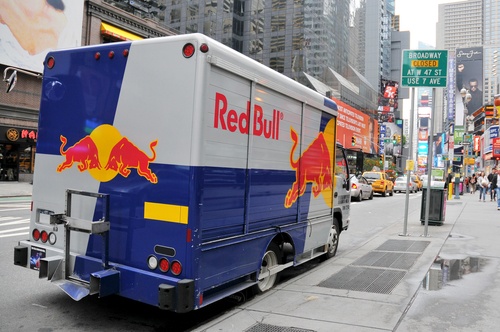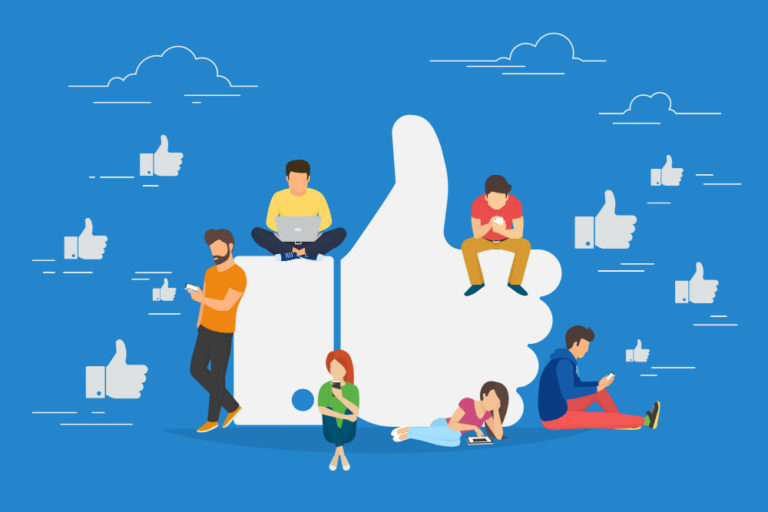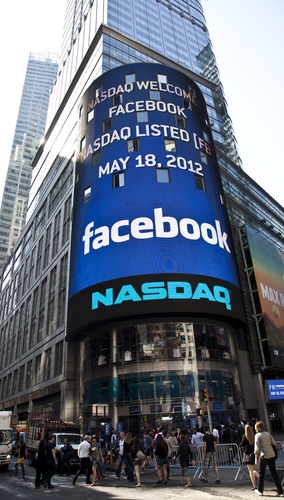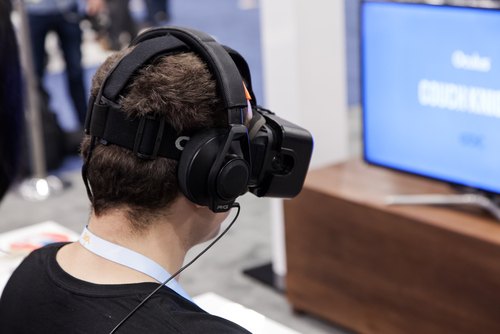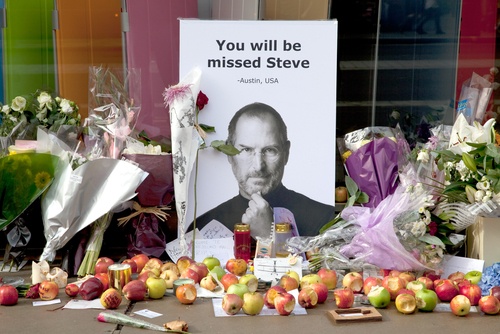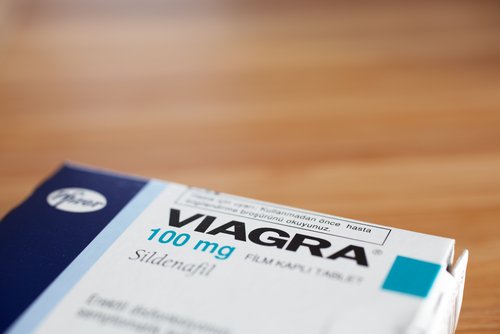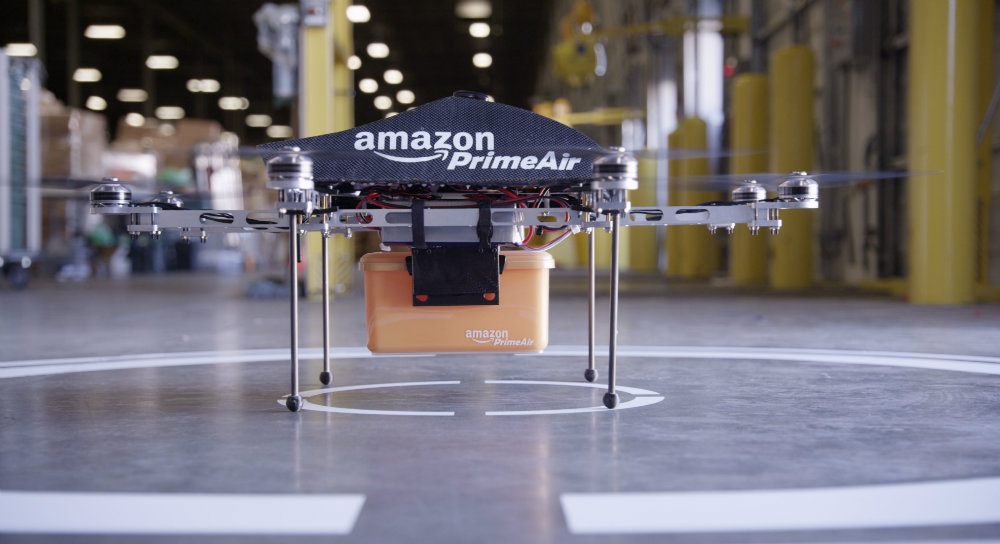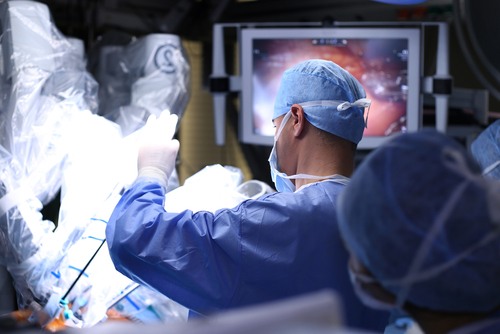As Donald Trump praises a deal with Sprint to create more jobs, U.S metropolitan cities face major job losses.
On Thursday, Donald Trump announced the creation of 5,000 new US jobs, after making a deal with Sprint.
Under President Obama’s administration, approximately 2.4 million jobs were added in the United States in 2016. Also, the unemployment rate fell from 5.0% to 4.9%. Overall, the 1.7% employment growth nationwide was scattered favoring some sectors over others.
It’s important to point out that most cities (areas with populations with 2,500 or more) added jobs during 2016. Consequently, many small cities saw employment rates increase. However, in many metropolitan areas there were fewer job opportunities.
It’s clear that people born and raised in densely populated areas are realizing that they must relocate to go where the jobs are. Furthermore, the cost of living in metro areas keeps going up. Meanwhile, public services keep going down.

For example, in New York State, the new census estimates the state had a net loss of 187,000 people to other states. This puts New York at the top of the census for what statisticians call “domestic migration loss.” The state’s population is considered stagnant at 20 million only because of new births and foreign immigrants. While the number one reason for moving to states like Florida is the weather, the number two and three reasons are taxes and jobs.
Investors, politicians and job seekers are interested in the loss of jobs, especially as it relates to different sectors of the economy. The hardest hit sectors in recent past years were construction, mining, manufacturing, information technology and oil/gas.
It is logical that these sectors were hit hard: construction has always pulled back when the economy is slowing down, mining has been a dying sector for years given it is a “dirty” source of energy, manufacturing has moved offshore where labor is cheaper, robots are replacing workers and oil/gas has suffered do to the unrest in the Middle East and South America.

However, the energy sector will continue to provide a large percentage of jobs considering that electricity in the United States is produced by a variety of ways.
For example, according to the US Energy Information Administration the United State’s power comes from various energy sectors including: coal (33%), natural gas (33%), nuclear (20%), hydro power (6%), renewables (solar, wind, etc.), petroleum (1%), other gases (1%).
Robots could put millions out of a job
But, the rise of artificial intelligence and robots may continue to hurt American jobs. Earlier this week, Amazon won a patent that would allow for drones to deliver packages from a flying warehouse. While, Amazon did not comment on the specifics, the company has been actively working on Artificial Intelligence to improve shipping and indirectly cut jobs. In addition, Amazon announced Amazon Go. Amazon Go is a retail shopping center that features cashier-less stores. This is a major tech disruption that could put over 3 million Americans out of a job.
In addition, Google announced their own self-driving car company called Waymo. The company’s CEO, Mark Fields, explained that the company plans on expanding their self-driving technology to the trucking industry. If self driving cars took over the trucking industry, then more than 8 million people could be out of a job.


